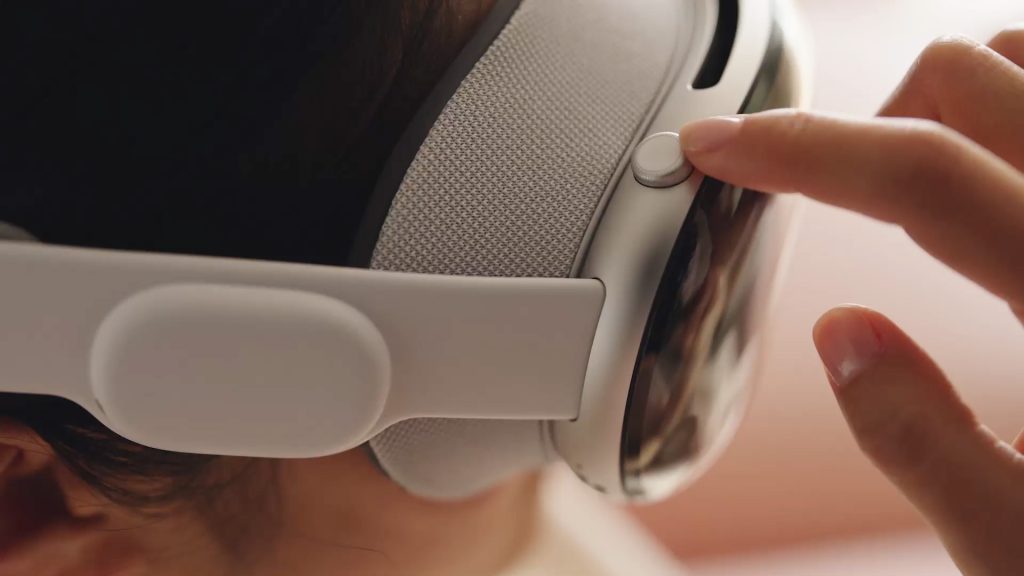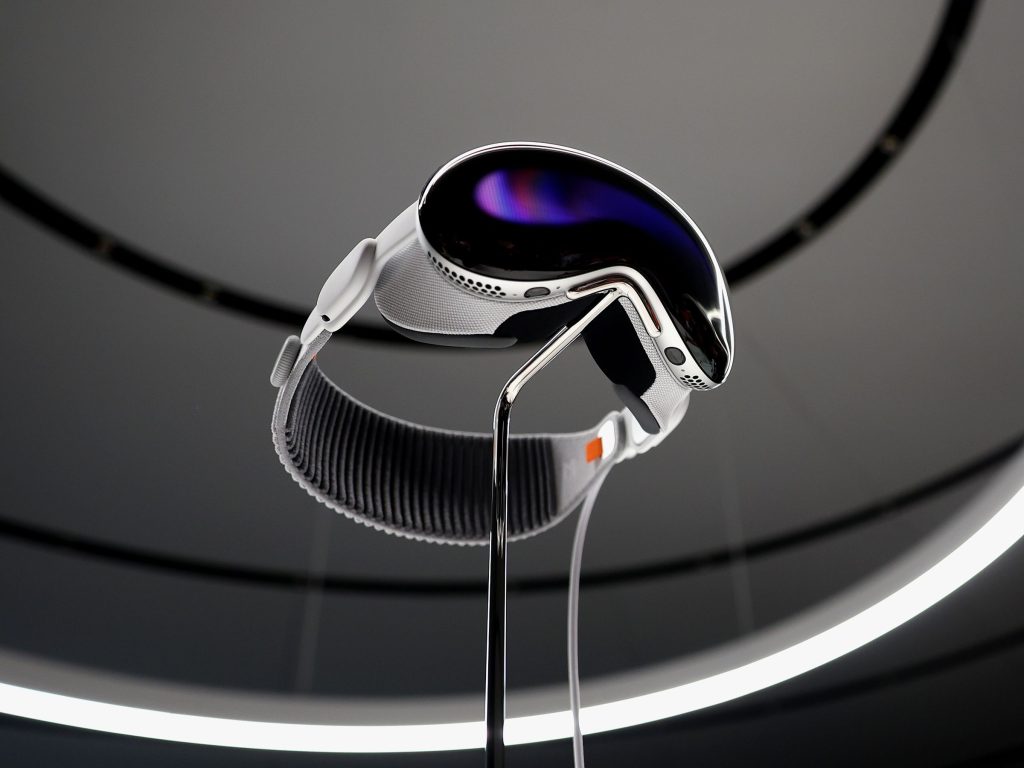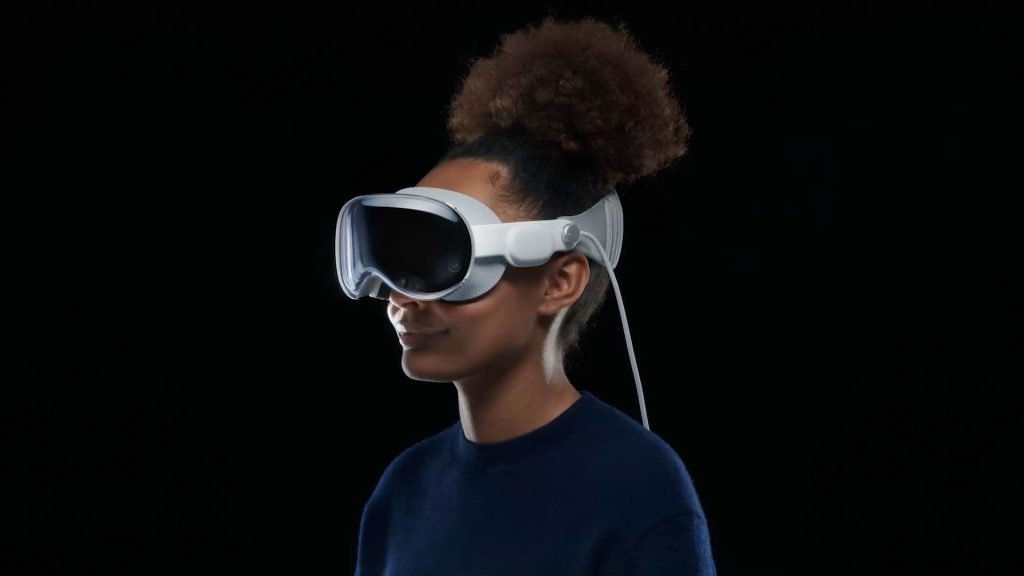Apple announced the Apple Vision Pro in June 2023, a groundbreaking product that will change how we interact with the digital world. The Vision Pro combines augmented reality (AR) and virtual reality (VR) to give us a new age of spatial computing—experience that blurs the boundary between the physical and the digital.
What is Spatial Computing?
Spatial computing enables us to engage with digital objects in a three-dimensional environment, as opposed to traditional computing, which is limited to flat screens and keyboards. Spatial computing includes technologies such as AR, VR, and mixed reality (MR), providing more immersive and intuitive experiences. These technologies use sensors, AI, and high-performance computing to bring digital content into our physical world.
The Apple Vision Pro: Hardware and Features
At the heart of the Vision Pro’s innovation is its premium mixed-reality headset powered by Apple’s M2 and R1 processors. These processors deliver better performance, enabling smooth, responsive interactions. The device features a high-resolution screen with over 23 million pixels and a range of sensors tracking eye motion and facial expressions, which provide an incredibly immersive experience. Spatial audio delivers the sounds of 3D space to the user, adding yet another level of immersion.
Apple has also highlighted intuitive control, integrating eye tracking, hand gestures, and voice control—all eliminating the need for physical controllers and allowing users to interact with their environment in a natural way.

The Effect of Vision Pro on Spatial Computing
Apple Vision Pro is a revolution for the spatial computing industry, introducing a wide range of applications:
Entertainment: Users can experience films and live performances in high-definition 360-degree environments, offering a new way to view content.
Work and Collaboration: The Vision Pro enables remote teammates to collaborate together in virtual environment, using 3D objects and virtual whiteboards, so that remote working becomes more lively and interactive.
Education: It offers interactive educational experiences, e.g., going back in history or studying using 3D models of the human body.
Healthcare:
Doctors and medical students are able to practice procedures in simulated environments, and patients are assisted by immersive therapy and rehabilitation software.
Challenges and Opportunities
Although the Vision Pro is revolutionary, it has some limitations. Its premium price tag ($3,499) might make it unaffordable at first, and its chunky design might not be appealing to everyone. Additionally, the app ecosystem for spatial computing is still in the process of being developed, and it will take a while before developers can fully utilize its capabilities.
While, Apple’s history of development suggests the Vision Pro will get better with time and more developers unlocking its applications.
Conclusion: A Peek into the Future
The Apple Vision Pro is more than just a headset; it’s a glimpse into the future of computing. As spatial computing comes into its own, we can expect even deeper and transformative experiences in entertainment, business, education, and medicine. The Vision Pro is just the beginning, and with Apple at the forefront, spatial computing will redefine how we interact with the world in the years to come.




